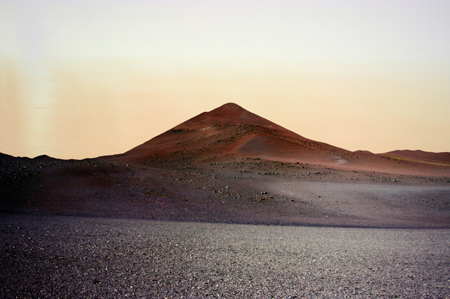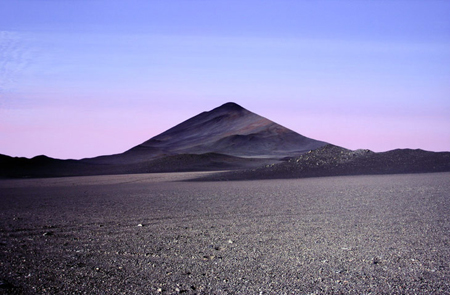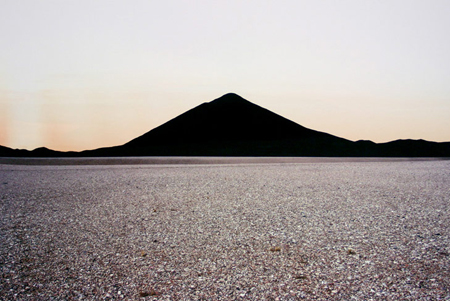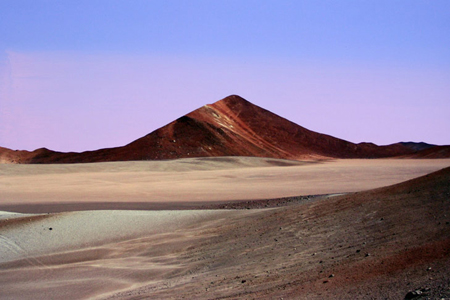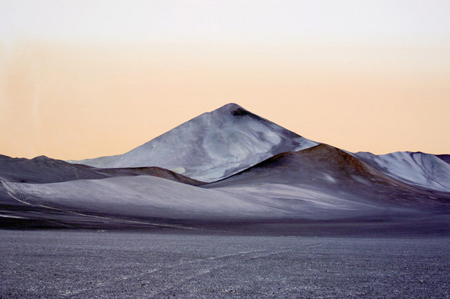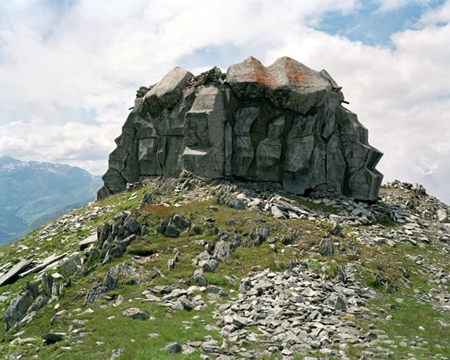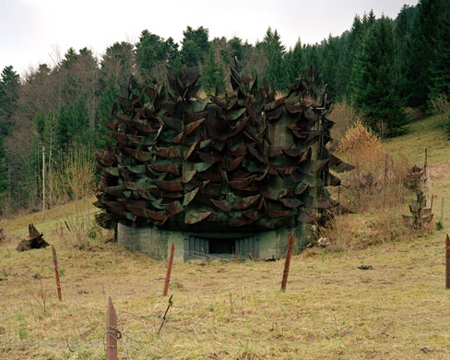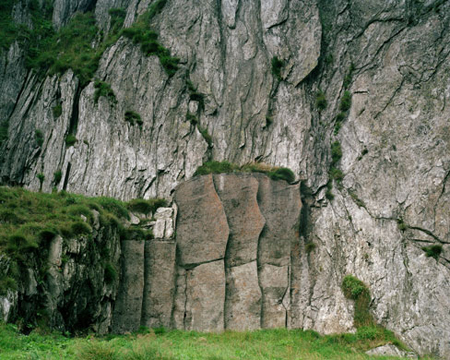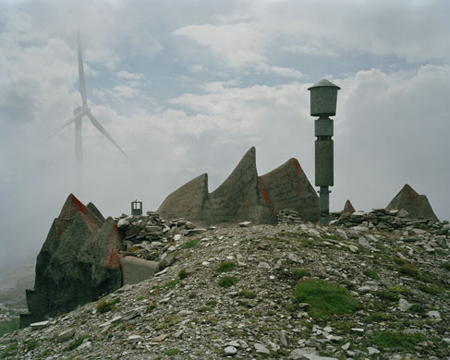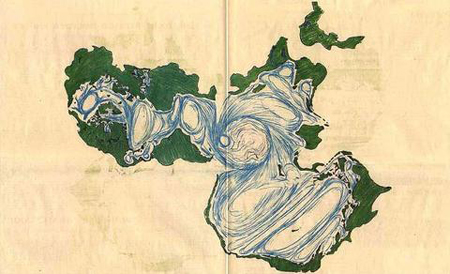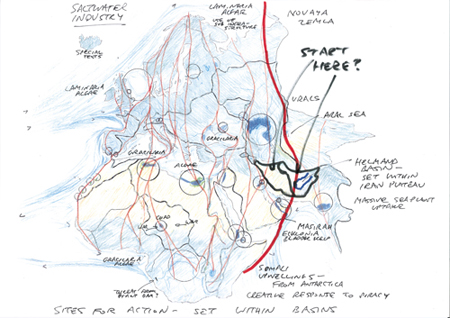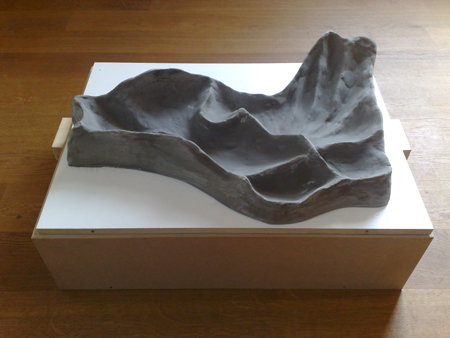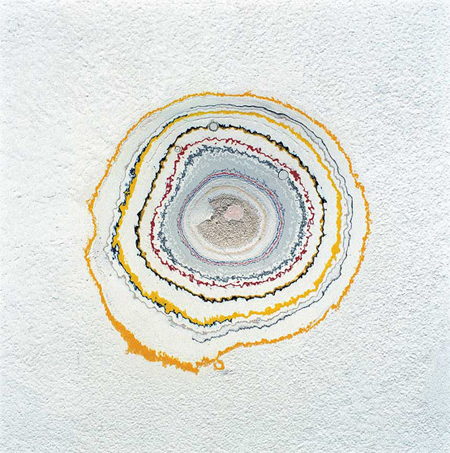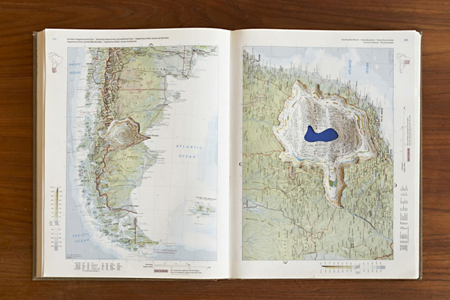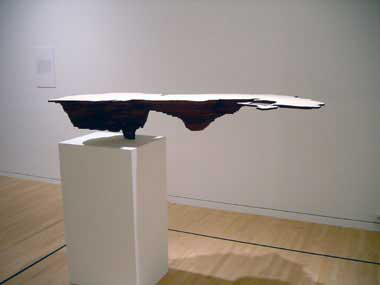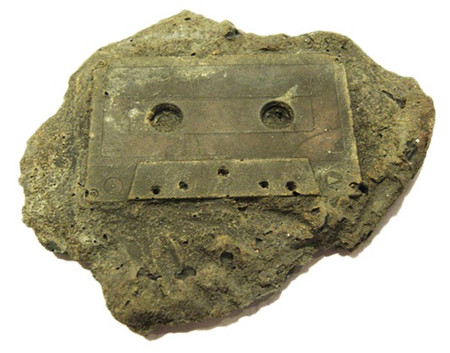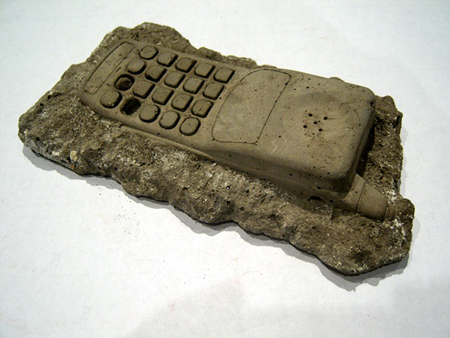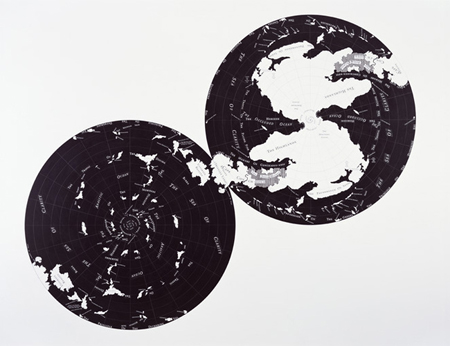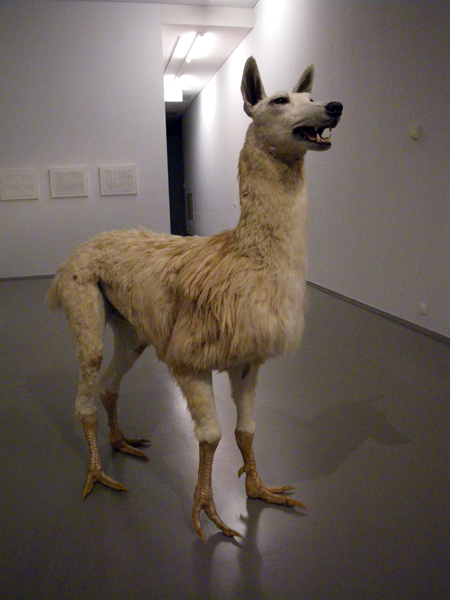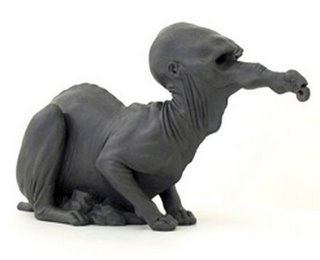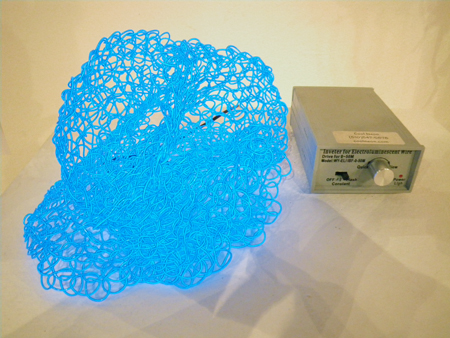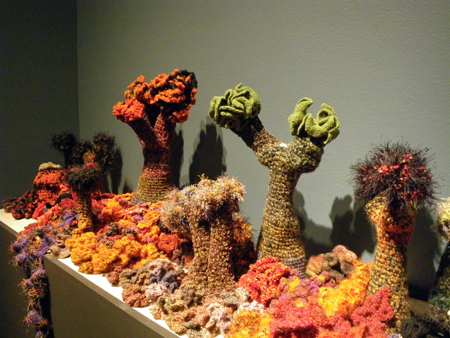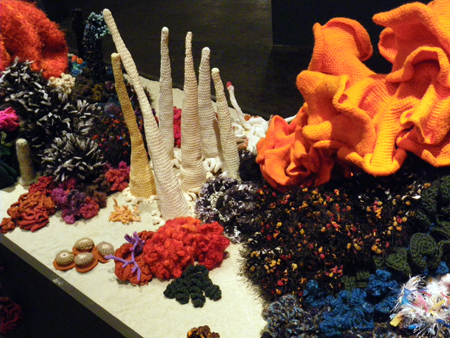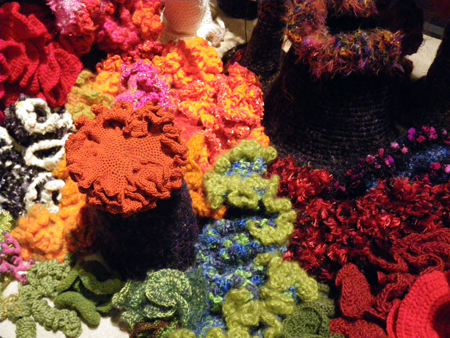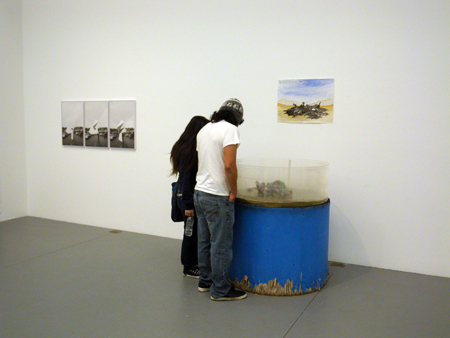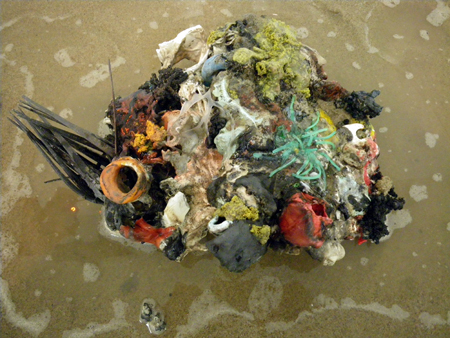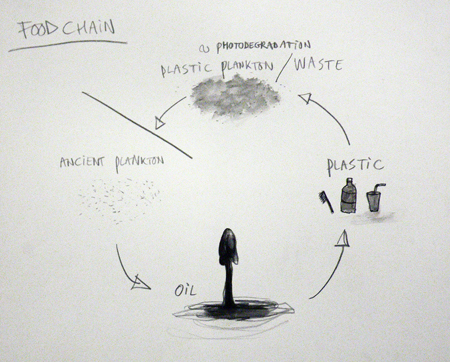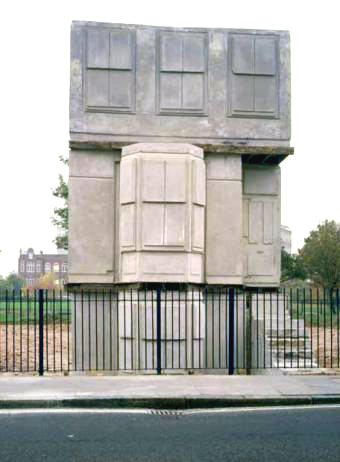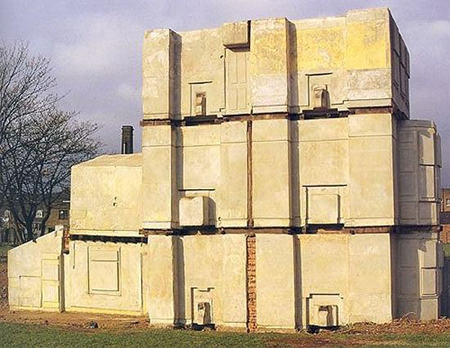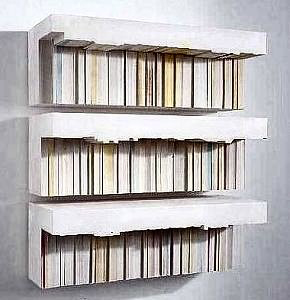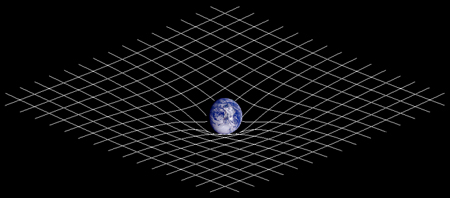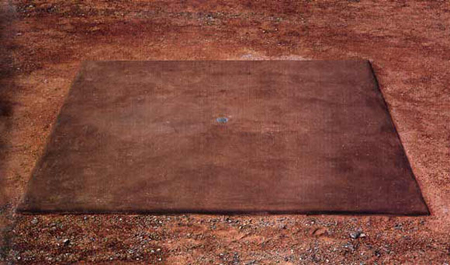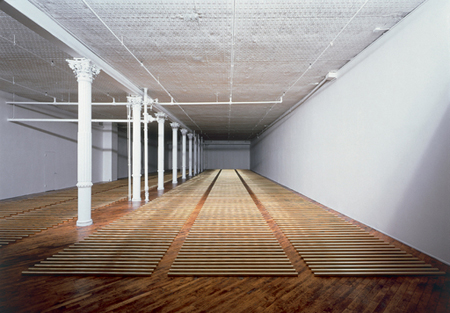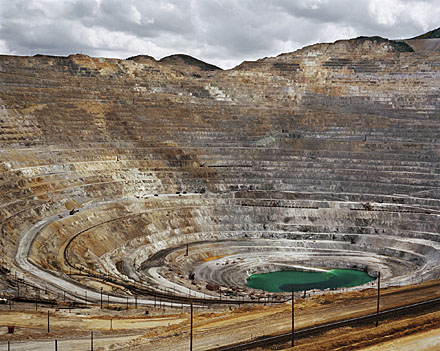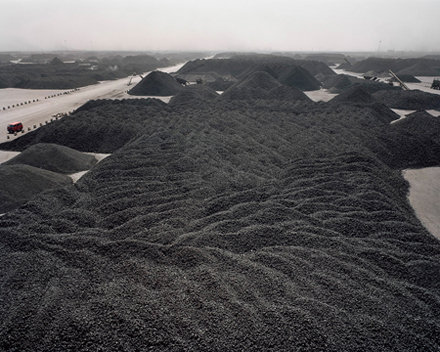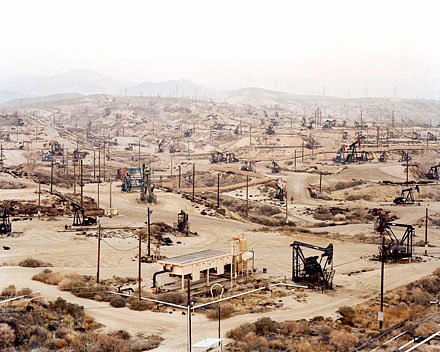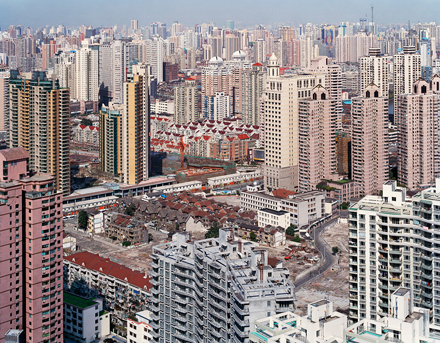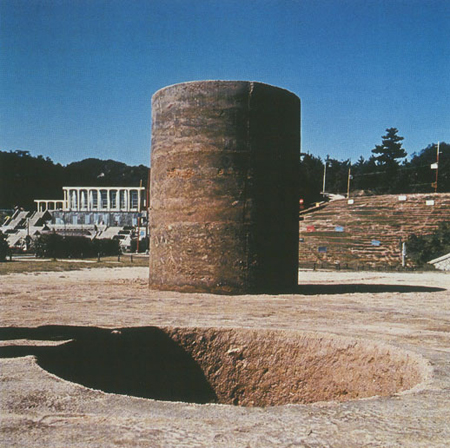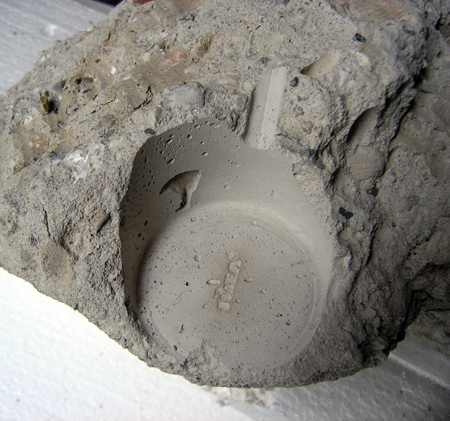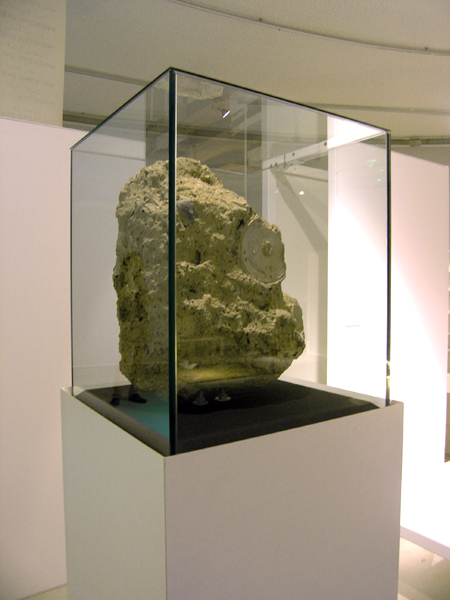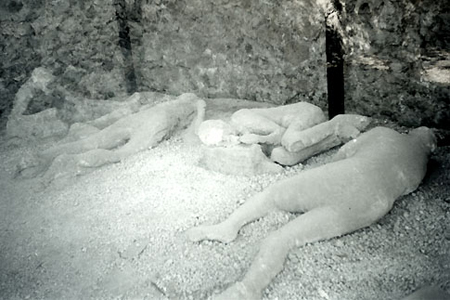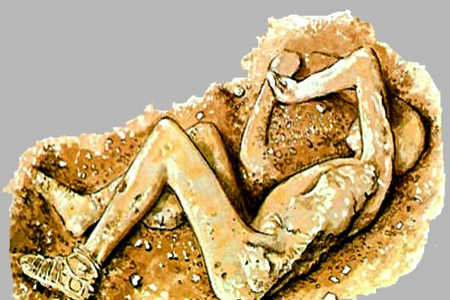Maarten Vanden Eynde
Mon(NU)mentum, 2008 AD
(450 x 60 cm)

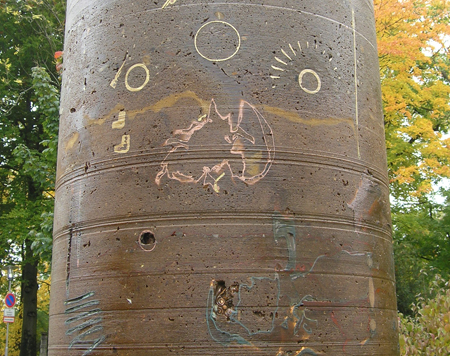
Time is a philosophical dimension, a basic substance which we breath in and out constantly. Just like space it is always there. Time experience however seems to be working on many different levels in an ever changing and more personalized speed (sometimes a minute can last forever and your life can fly by in a fraction). Time is not static, it is always on the move. The impossibility to stop time is mirrored by the impossibility to live in the present. ‘Now’ is an elusive point between the past and the future. Like the gardener on his way to Ispahaan, the present is on his way to an unavoidable destiny: the past. There is no escape. When you read THIS word, it became history already. The future is catching up instantly. What is the force that powers the engine of time? Is the present being pulled towards the future?
The Universal Law of Gravitation has several important features. First, it is an inverse square law, meaning that the strength of the force between two massive objects decreases in proportion to the square of the distance between them as they move farther apart. Second, the direction in which the force acts is always along the line (or vector) connecting the two gravitating objects.
In 1687 Sir Isaac Newton first published his Philosophiae Naturalis Principia Mathematica (Mathematical Principles of Natural Philosophy) which was a radical treatment of mechanics, establishing the concepts which were to dominate physics for the next two hundred years. Among the book’s most important new concepts was Newton’s Universal Law of Gravitation. Newton managed to take Kepler’s Laws governing the motion of the planets and Galileo’s ideas about kinematics and projectile motion and synthesize them into a law which governed both motion on earth and motion in the heavens. This was an achievement of enormous importance for physics; Newton’s discoveries meant that the universe was a rational place in which the same principles of nature applied to all objects.
Could it also work for Time?
Between two objects, let’s say A and B, there is a point where the gravitation of both objects is working with equal force (L1 point, named after Lagrange ). This point is balancing between the two attracting masses. If it is slightly bending towards A or B is will be attracted more by either one of them. It can only move from it’s frozen position, without loosing it’s equal balance, if A and B change mass simultaneously. The mass A is loosing, B has to gain. If time would be a linear experience, and A would be the past and B the future, than the point (C) hanging in the middle would be the present.
Presuming the past is getting longer and longer (or bigger and bigger), in order for C to be equally drawn to both A and B, it needs to be moving towards the future. The past is getting bigger and the future is getting smaller. And on top of that the speed of this process seems to be accelerating. With the population growth as exemplary model and driving fuel, evolution takes place at an unprecedented speed. New inventions and discoveries changing the world beyond recognition are constantly coming closer after each other. Just like the birth of matter during the big bang, time was created at the same moment and moves equally with the expanding universe; faster and faster to it’s final destiny.
The installation ‘Mo(NU)mentum’ is made up of several layers of history, creating a massive pillar. The drill core is like a sample of time, taken from the earth in the future to understand how the world evolved. Starting with a massive block of stone (in which the different geological layers are visible) the drill core contains samples of wood, copper, metal, bricks, concrete, asphalt, tar and plastic. The layers are getting thinner and thinner the closer they get to the present = the plastic layer. So far the materials created a foundation for the next, but the plastic layer is so thin and vulnerable that it is impossible to continue from there. It is a final moment in present evolution.
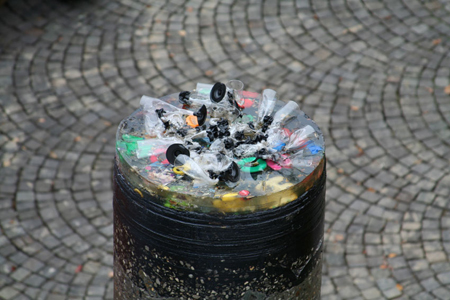
Mo(NU)mentum is a monument for the future, visualizing the impossibility to continue the current evolution. It is a permanent memory and trace of Generali Groups Executive Forum on Time: Business Opportunity and Strategic Timing. The best Champagne was served in plastic Champagne glasses. The empty glasses were collected and melted on top of the installation, thereby physically contributing the last layer.
